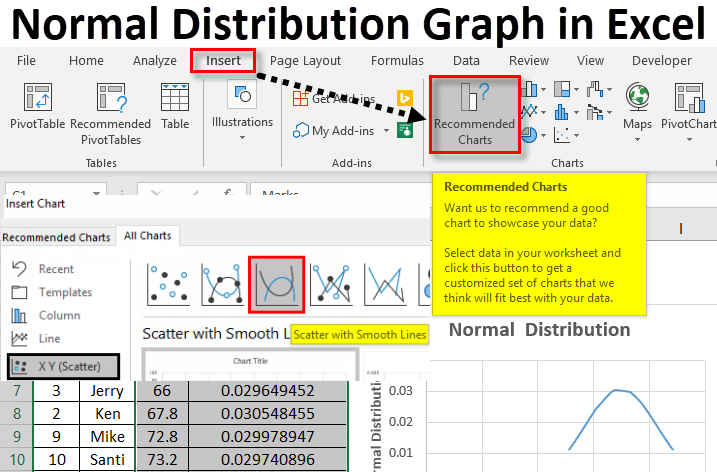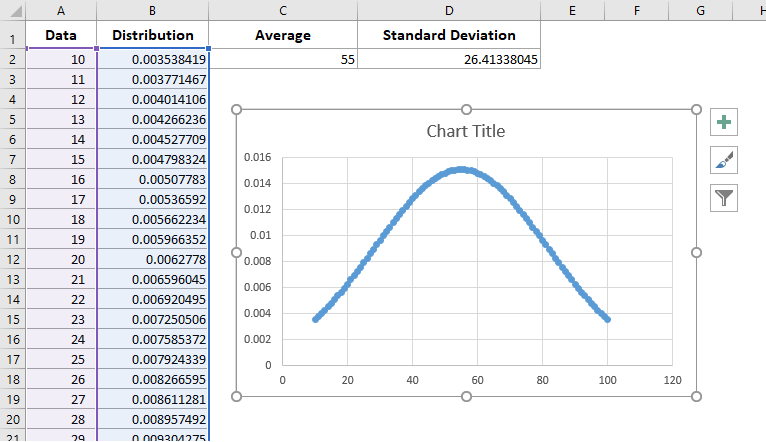
The average range is simply the average of the subgroup averages when the subgroup size is constant: The average of the subgroup ranges is the classical way to estimate the standard deviation. Average of the subgroup standard deviations.We will look at three methods for estimating σ for subgroup data: The value of σ depends on the method you use to estimate it. These control limit equations may be different from the ones you normally use. Remember: the standard deviation of the subgroup averages is equal to the standard deviation of the individual values divided by square root of the subgroup size. Where UCL and LCL are the upper and lower control limits, n is the subgroup size, and σ is the estimated standard deviation of the individual values. Control limits for the X chart are given by:

These impact how control limits are calculated. We will look at three different ways to estimate the standard deviation. Three Ways to Estimate the Standard Deviation There may be some minor differences due to rounding. The overall sum and average are given for subgroup averages, subgroup ranges and subgroup standard deviations – again for use below. The subgroup average, range and standard deviation have also been calculated for use below. So, our subgroup size is constant for each of the 10 subgroups. We have 10 subgroups, each containing 3 observations or results. The data we will use are shown in the table.

Which program is correct? The answer is probably both.

#Standard deviation in excel graph software
Sometimes people ask why some software packages give different values for the control limits. The standard deviation is a little more difficult to understand – and to complicate things, there are multiple ways that it can be determined – each giving a different answer. The average is easy to calculate and understand – it is just the average of all the results. One of the purposes of control charts is to estimate the average and standard deviation of a process.


 0 kommentar(er)
0 kommentar(er)
